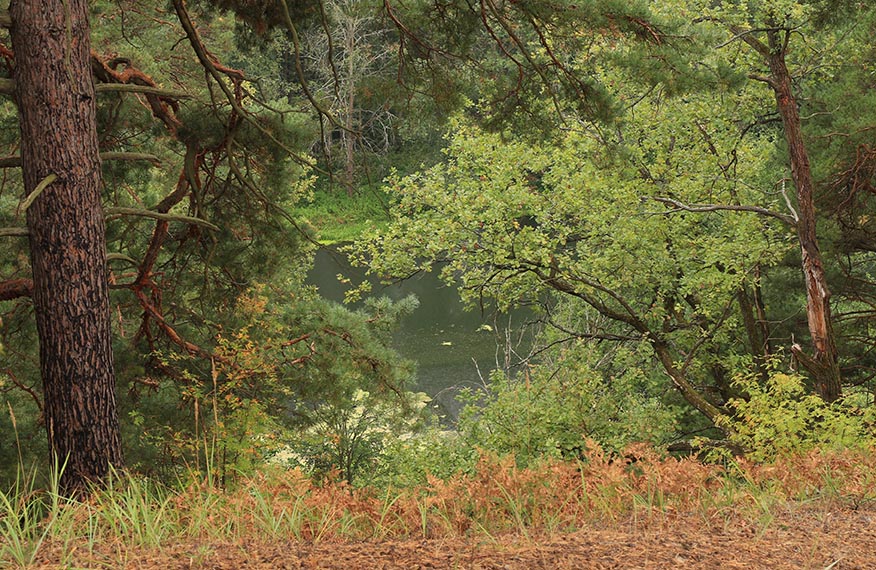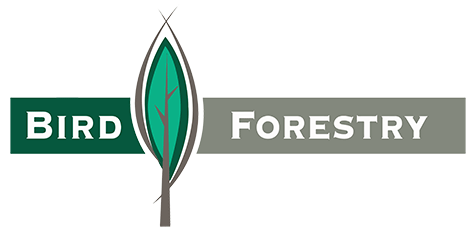
Working Forest – Merriam-Webster defines a forest as: a dense growth of trees and underbrush covering a large tract … a biological community dominated by trees, other woody vegetation, and non-woody plants.
Among other things, forests provide food, water, wood and fuel. They also serve as wildlife habitat and help regulate climate, floods, and water quality. In yet other ways, forests add cultural qualities like aesthetics, education, and recreation.
So, what is a “working forest?” Working forests may contain all or some of the above properties to help maintain balance in nature and contribute to the sustainability of forests and forest products. For instance, a wilderness can be a working forest with ecosystems such as carbon sequestration, water filtration, wildlife habitat, and recreation. A tree farm can be a working forest providing production of timber and wood products.A family-owned forest can be a working forest focusing on conservation along with ecosystem services, wood products, or recreation.
Follow the Bird & Crawford Forestry ecard news in coming weeks as we focus on the individual benefits of working forests and their importance in forest sustainability. Bird & Crawford Forestry can assist in planning and reaching your forestland goals, including how working forests can be a part of that plan.



